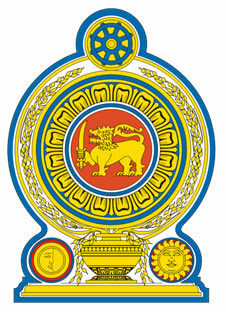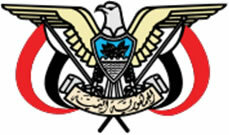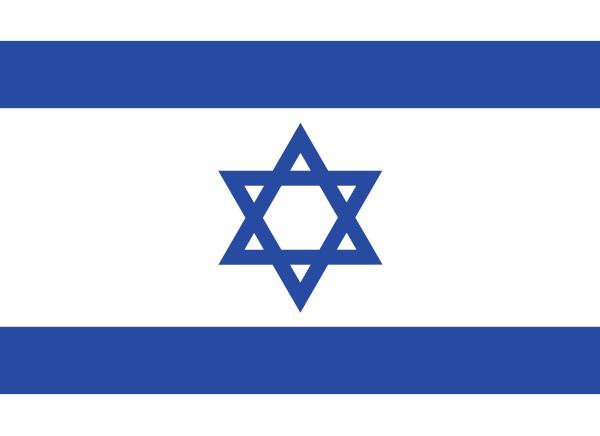One of the biggest environmental challenges is the imminence of water scarcity in several locations and the commitment of surface water, increasingly subjected to increased use for various economic activities, especially agriculture, and polluted by the release of urban effluents and industrial. A series of conflicts is caused by the situation of water stress, when the water supply is lower than the that demand, a recurrent fact in regions such as the Middle East, North Africa or even the hinterland northeastern. Not only the lack of water, but the difficulties in making it drinkable for human consumption also trigger social tensions. Malnutrition and the consumption of contaminated water represent the biggest causes of child mortality worldwide.
In Brazil, the predominantly tropical climate and the size of the Brazilian territory contribute to the country having a of the largest freshwater reserves in the world, with 12% of the amount of surface freshwater available in the planet. Even so, Brazil does not have a basic sanitation service adequate to all this potential. According to the Ministry of Cities, in 2010, only 46.2% of the Brazilian population had sewage collection. In the North region, which concentrates 70% of Brazilian freshwater reserves, the data are even more alarming: only 6.2% of households are equipped with this service.
The need for an integrated planning of public policies and a greater engagement of society must be based on adequate environmental legislation. This legislation is supported by a set of general rules that identify the water quality standard based on technical criteria. According to CONAMA (National Council for the Environment), water quality can be measured according to different criteria, which can be adapted by state agencies. ANA (National Water Agency) identifies seven main indexes used in the country:
1. Water Quality Index (IQA):Created in 1970, in the United States, by National Sanitation Foundation. Since 1975, CETESB (Environmental Company of the State of São Paulo) started to use it and, nowadays, it is the most used indicator in Brazil. Its main objective is to assess the quality of raw water to supply the population. This indicator analyzes water contamination by domestic sewage, disregarding, for example, the presence of toxic substances. The parameters used are of a physical, chemical and microbiological order. They are: dissolved oxygen (DO), biochemical oxygen demand (COD), fecal coliforms, temperature of water, water pH, total nitrogen, total phosphorus, total solids and turbidity (reduction of transparency).
2. Trophic State Index:This classification indicates different degrees of trophy, which means the excessive presence of nutrients in the water, in special phosphorus and nitrogen, it is noticeable by the proliferation of algae and the presence of strong odors and mortality of fish.
3. Bathing Analysis:Establishes water quality stages for recreational use on beaches, lakes and rivers.
4. Water Quality Index for the Protection of Aquatic Life (IVA):Criterion adopted by CETESB that covers the quality of aquatic fauna and flora waters.
Do not stop now... There's more after the advertising ;)
5. Raw Water Quality Index for Public Supply Purposes (IAP): Criterion created jointly by CETESB and SABESP (Basic Sanitation Company of the State of São Paulo), research institutes and universities. It consists of the Water Quality Index (IQA), parameters that assess the presence of toxic substances (for example, lead and mercury) and parameters that affect the organoleptic quality (color, shine, odor, flavor and texture) of water (presence of phenols, iron, manganese, aluminum, copper and zinc).
6. Water Quality Index in Reservoirs (IQAR):Created by the IAP (Environmental Institute of Paraná) to specifically analyze the quality of water in reservoirs intended for supply.
7. Toxic Contamination Index: Created by IGAM (Instituto Mineiro de Gestão das Águas), using the following parameters: Ammonia, Total Arsenic, Total Barium, Total Cadmium, Total Lead, Free Cyanide, Total Copper, Dissolved Copper, Hexavalent Chromium, Total Chromium, Total Phenols, Total Mercury, Nitrites, Nitrates and Zinc total.
In general, pollutants released into rivers are from artificial and natural sources. Artificial sources include domestic sewage, industrial wastewater (which includes wastewater from restaurants, offices, hotels, etc.) and wastewater from animal husbandry. Natural sources include pollutants derived from ecological and other phenomena (poisonous mineral formations, colonies of poisonous microorganisms, etc.). Another economic activity that compromises water quality is agriculture, which uses a large amount of inputs (pesticides, herbicides, fertilizers and chemical fertilizers) that produce substances that are not biodegradable and can remain in the soil for years. In addition to soil contamination, these elements contaminate surface and groundwater, carrying toxins to other ecosystems.
Water quality changes throughout the year due to meteorological factors and the possible seasonality of polluting releases and river flows. As the course of a river moves downstream, the quality of the water improves for two reasons: the self-purification capacity of the rivers themselves, mainly through falls, and the dilution of contaminants by receiving water with better quality from their tributaries. This recovery, however, only achieves acceptable or good quality levels. It is very difficult for the recovery to be complete.
The reduction in forest cover is also a factor that causes damage to water resources. Through the process of rainwater interception by the treetops, the forest plays an important role in the distribution of energy and water to the soil surface, affecting the temporal and spatial distribution of rainfall and reducing the amount of rainwater that effectively reaches the ground. The absence of forest cover results in an alteration in the capacity to infiltrate water into the soil. Consequently, there is an increase in surface runoff in volume and speed, favoring leaching and soil erosion, resulting in the loss of nutrients, accumulation of suspended sediments and consequent turbidity, chemical contamination from agricultural applications and siltation of courses of water.
Julio César Lázaro da Silva
Brazil School Collaborator
Graduated in Geography from Universidade Estadual Paulista - UNESP
Master in Human Geography from Universidade Estadual Paulista - UNESP



